Compare E-Commerce models.
Our scoring process is applied and objectively evaluated according to strengths and weaknesses.
Compare vendors based on the five dimensions of the Composable Agility Score. Freely choose the solutions you want to compare to get an easy overview of their capabilities. You can adjust your selection at any time or click on any solution to read a more detailed explanation of their CA Score.
A vendor must first be removed before another one can be added for a comparison.
How easy is it to quickly and scalably build the individual solutions you need for your business using the application? See also: Best of Breed versus Best of Suite.
How well can a cloud application be broken down into its individual parts and used? The best solutions can be combined based on specific customer requirements.
How well can this application be connected and controlled via standardized applications? A functional API interface is able to interact with any other software.
How natively can this application be operated in the cloud (updates, backup, porting)? An ideal cloud solution is available everywhere, accessible at any time, highly secure, flexible and agile.
How independent can the application be from the end user’s interface (desktop, mobile, on the go…)? A functional solution is able to operate with any frontend.

Salesforce offers companies feature-packed solutions with a focus on powerful AI. While they offer a comprehensive e-commerce solution with their Commerce Cloud, they still have some catching up to do when it comes to some of the interfaces. For example, microservices are being introduced, but are not yet ubiquitous.
6.1
5.8Composability
6.5Head-
less
less
7Cloud
Native
Native
7.3API
3.9Modu-
larity
larity
Modularity
3.9
The Salesforce Solution is not based on a modular system/microservices. It’s a monolith that is making an effort to modernize its offerings—which doesn’t change the origins and nature of its core architecture.
API
7.3
With Salesforce, pre-configured API connections to 3rd party apps (e.g. ERP systems, inventory systems, accounting systems etc.) are not available. Due to their acquisition of the API platform Mulesoft and their very own tech infrastructure, Salesforce offers several APIs. Most are REST standard.
Cloud Native
7
Salesforce offers a cloud-native solution. It mainly uses AWS and offers a very solid infrastructure. Updates can be done seamlessly for end-users, although there can be issues with elasticity, e.g. scalability.
Composability
5.8
For functionality beyond standard integrations, additional coding is required. All customizations must be done in collaboration with existing features e.g. those delivered by salesforce.
Headless
6.5
Salesforce is not headless; backend and frontend are not decoupled. Therefore, it allows you to work with a page designer solution, which is designed to give merchants more control over templates and content. It comes with a powerful AI-powered personalization feature and, thanks to the acquisition of the PWA service Mobify, it also delivers an out-of-the-box PWA platform. Salesforce does expose APIs and offers a headless CMS, but that didn’t change the underlying architecture of the core platform. It is still not microservice-based.
Bottomline
6.1
Salesforce offers a robust solution with some unique functionality like powerful AI. Due to the many acquisitions, it feels a bit patched together — they mean that ecommerce is not Salesforce’s main area of focus. Salesforce is known as a global company and benefits from other Salesforce acquisitions and products. As one of the largest known monoliths, Salesforce is trying to modernize step by step especially with regards to microservices.
FAQ
What is Salesforce?
Salesforce is a cloud computing software as a service (SaaS) company that specializes in customer relationship management (CRM). The software has become the number one for customer success and helps businesses track customer activity, market to customers and many more services.
What does Salesforce do/offer?
Salesforce lets you efficiently unify different principal functions of your business so you can achieve customer success. You can sell, provide service, market, collaborate, know your customers, and build apps on a single platform.
How does Salesforce architecture work?
Salesforce has a multilayer architecture; it contains a series of layers situated on top of each other. In the multilayer Salesforce architecture, the users are at the topmost layer.
Does Salesforce store data in a cloud?
Salesforce is a cloud platform and hence all the data stored in Salesforce is stored in cloud. Like Google, AWS and Microsoft, Salesforce has multiple data centers across the globe where this data is actually stored. All of these data is stored at multiple locations for easy accessibility and backup purpose which means that each record that is created in Salesforce is stored at muliple data centers across the globe.
Is Salesforce free?
Salesforce does not offer a free version of their software, so users have to choose between the different pricing plans.




